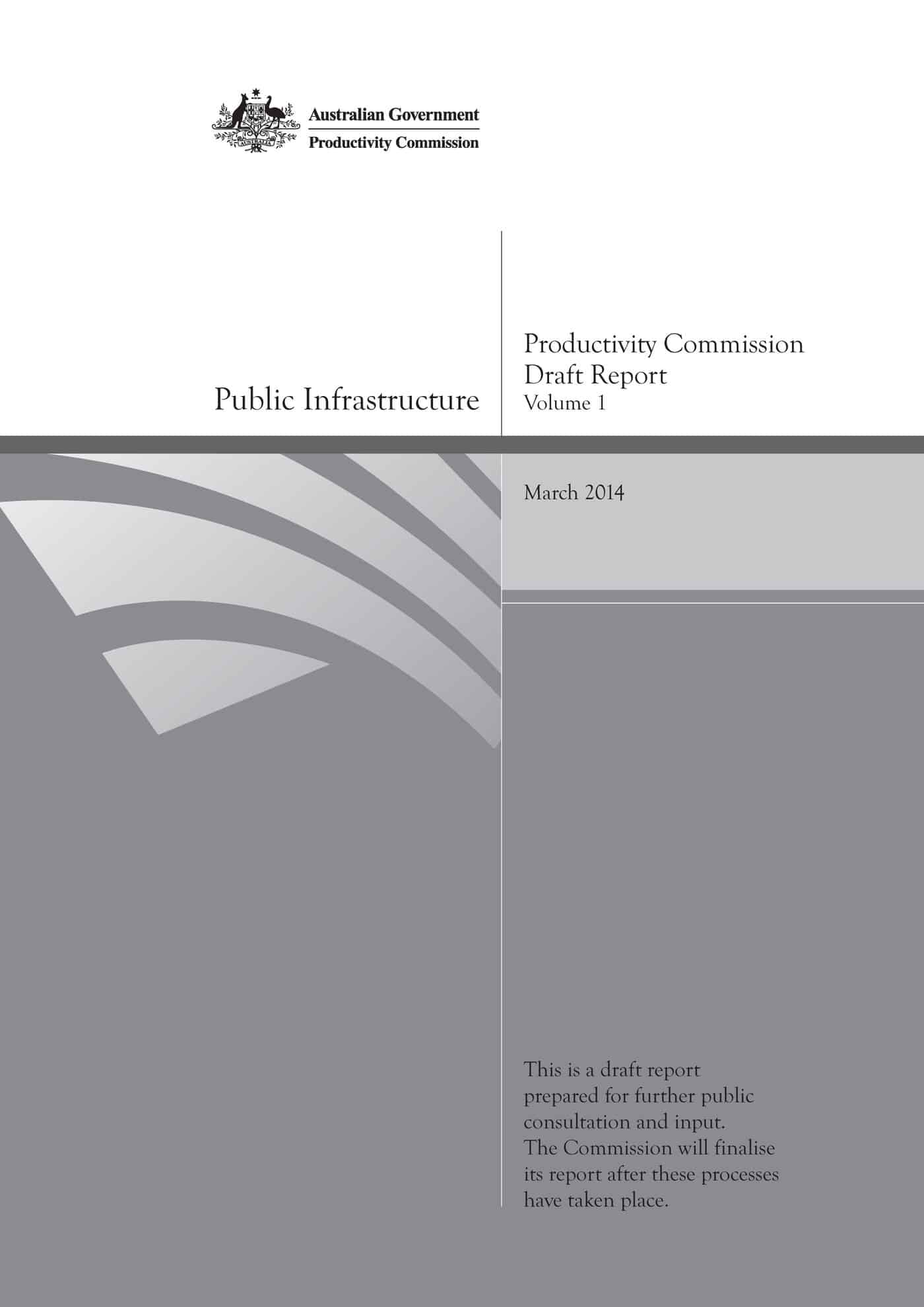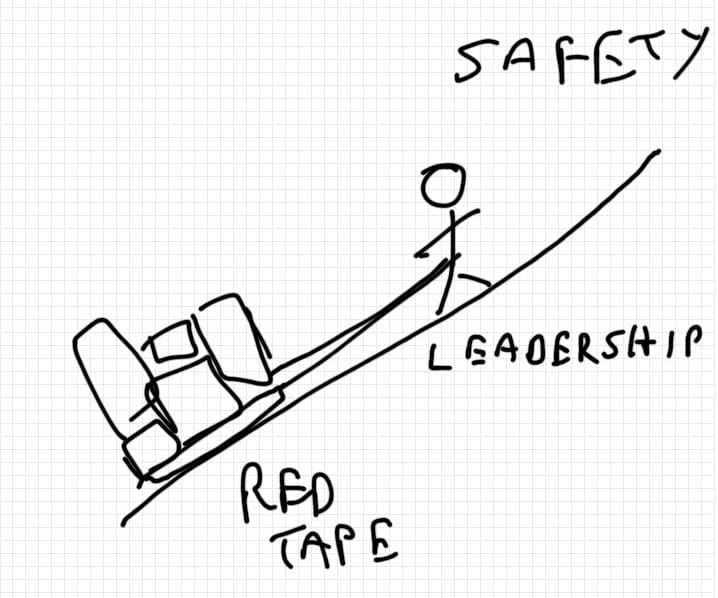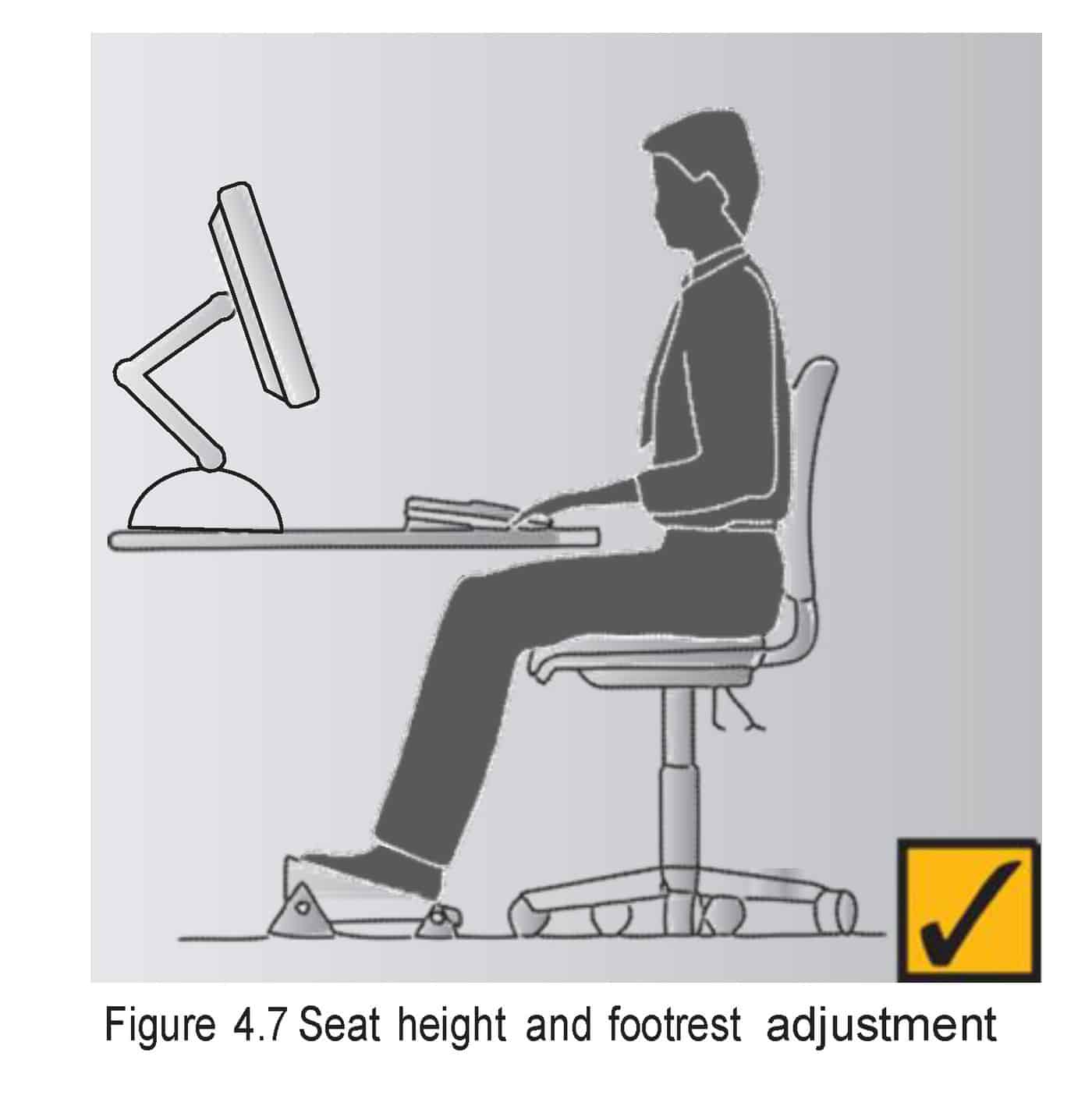 Productivity and regulation is the rationale behind most of the workplace policies of the current Australian Government. Occupational health and safety (OHS) has a role to play in both of these economic and social elements but it rarely gets considered in a positive light. This is partly an ideological position of the conservative politicians but is also due to a lack of economic argument in favour of OHS and an inability, or an unwillingness, to identify essential regulations.
Productivity and regulation is the rationale behind most of the workplace policies of the current Australian Government. Occupational health and safety (OHS) has a role to play in both of these economic and social elements but it rarely gets considered in a positive light. This is partly an ideological position of the conservative politicians but is also due to a lack of economic argument in favour of OHS and an inability, or an unwillingness, to identify essential regulations.
This week Australia’s Productivity Commission (PC) released a draft paper into the costs of public infrastructure projects that includes some telling OHS information even though most of the media has focused on the political angle or on the taxing of cars?!
A brief review of the draft report reveals OHS dotted throughout both volumes of the report and early on there is some support for Safety in Design in the tender development stage.


 During a recent seminar I produced the doodle on the right, which depicts what I think the speaker was talking about. Safety is a goal that can be best achieved through improving a company’s leadership qualities. However all companies seem to be restricted by red tape, however one defines that. Can this journey be improved?
During a recent seminar I produced the doodle on the right, which depicts what I think the speaker was talking about. Safety is a goal that can be best achieved through improving a company’s leadership qualities. However all companies seem to be restricted by red tape, however one defines that. Can this journey be improved? A diagram of safe posture at modern workstations has become iconic but it has also become a symbol of ergonomic misunderstanding. There are assumptions behind the angular figure about the way modern workers work, the equipment used and the tasks undertaken.
A diagram of safe posture at modern workstations has become iconic but it has also become a symbol of ergonomic misunderstanding. There are assumptions behind the angular figure about the way modern workers work, the equipment used and the tasks undertaken.